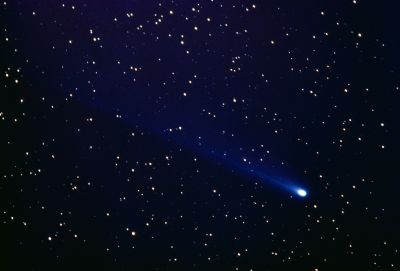From first light to reionisation

From first light to reionisation
The first generation of galaxies marked with their formation the end of our Universe's dark ages and the beginning of the epoch of reionisation. This transition to a new era has been unravelled by EU-funded scientists through the largest, to date, simulations of the transformation of the intergalactic medium from neutral to ionised.
The epoch of reionisation is related to many open questions in astrophysics, such as the properties of the first galaxies that drove the ionisation of cosmic gas and the formation of metal-poor stars. Uncovering this process will have far-reaching implications on the study of the evolution of structure in the early Universe.
Substantial observational efforts are currently under way to understand the physical processes that triggered this epoch and governed ramifications on subsequent structure formation. But, observational support for the proposed scenarios is still very scarce.
Scientists working on the EU-funded project PROFESSOR (The sources of reionization) pursued a new numerical approach to simulate the reionisation process. The simulations followed the assembly of gas in the first galaxies and the formation of metal-poor stars inside them.
These objects emitted ultraviolet radiation that carved out ionised regions around them. After a sufficient number of ionising sources had formed, hydrogen in the Universe became fully ionised. The scientists employed the transport of photons in cones (TRAPHIC) code to simulate the propagation of ionising radiation.
TRAPHIC was implemented for radiation-hydrodynamical simulations tracing radiation over a large range of scales and a large number of ionising sources. The simulations were executed on the Supermuc supercomputer at the Leibniz RechenzentrumGarching.
The execution of some of the largest and most detailed simulations of reionisation to date revealed key physical processes that impacted the formation of galaxies and the evolution of reionisation. The results of the PROFESSOR project are expected to contribute to the design of future observational campaigns and interpretation of the data collected.
published: 2015-09-16